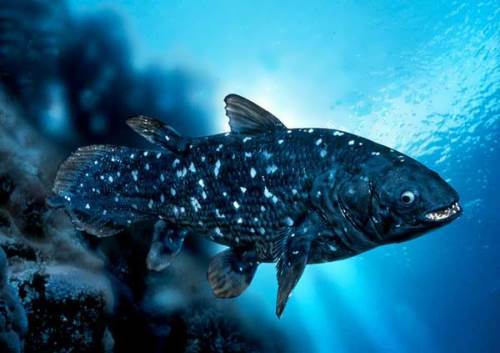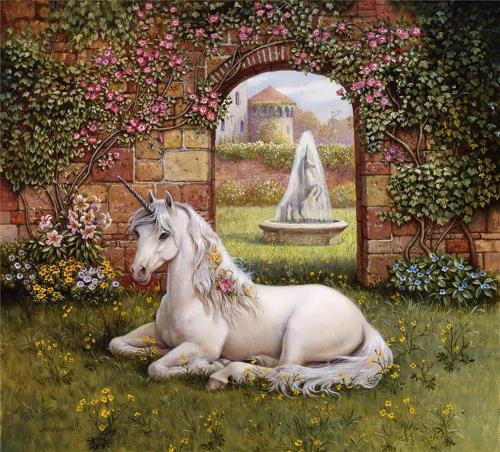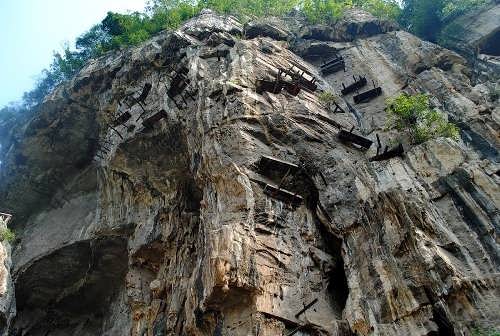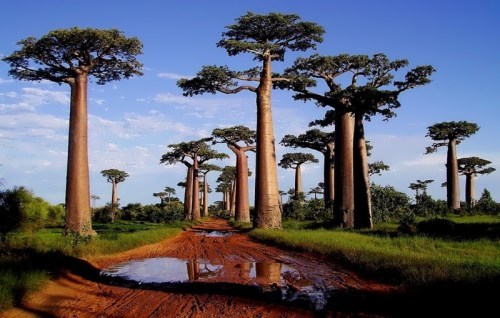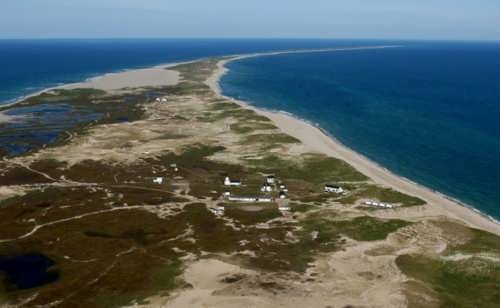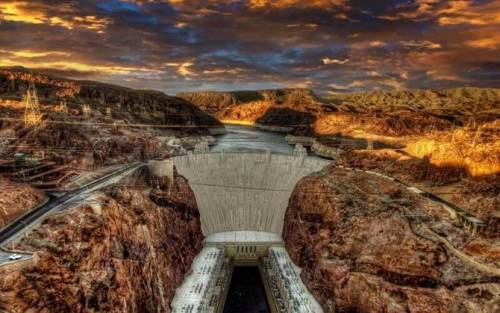Mercury – first of eight planets
Mercury is the first of eight planets and the smallest one. It is the closest planet to the Sun. It was named for the wing-footed Roman god. Mercury is visible to the naked eye from Earth. Mercury will either set within two hours of sunset, or rise no earlier than two hours before the Sun.
It is only slightly bigger than Earth’s Moon. Many different gases surround the planet. It has a very thin atmosphere of oxygen, potassium, and sodium vapors.
Planet’s hottest temperature is 400° C during a Mercurian day and its coldest is -173° C during a Mercurian night. This temperature variation is due to the fact that Mercury has essentially no insulating atmosphere.
More »

